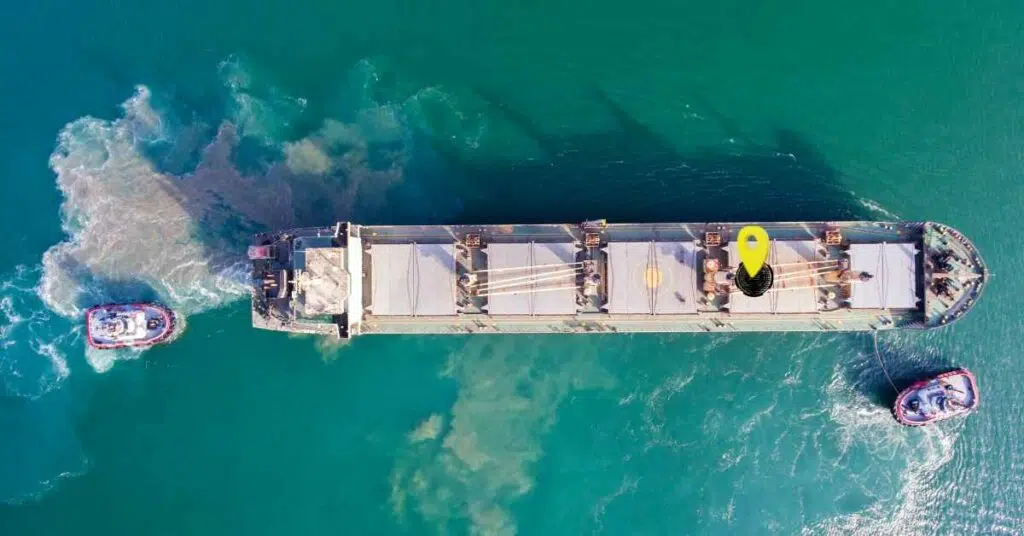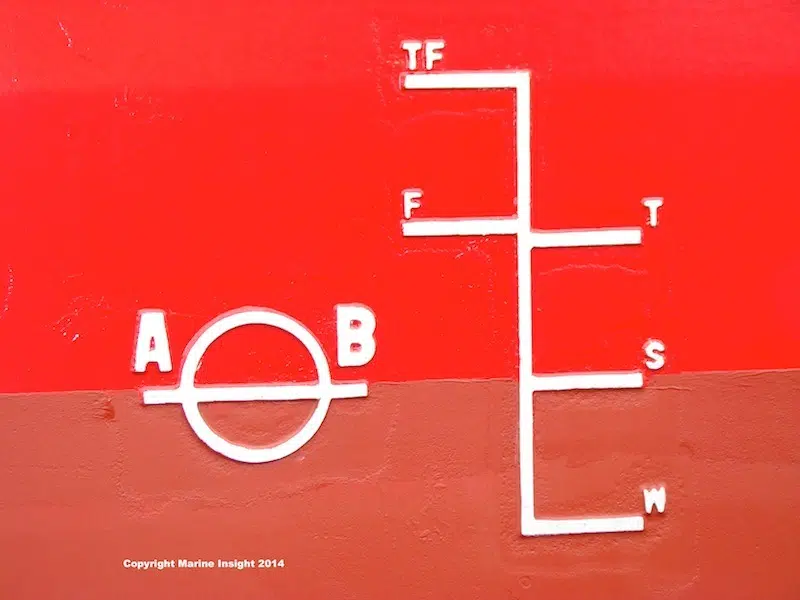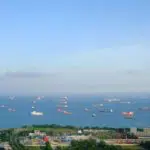10 Points to Remember When Transiting a Narrow Channel
There is a reason as to why a separate rule is dedicated to ship navigation with respect to narrow channels (and fairways). A ‘channel’, by obvious measure, is a natural or dredged water body with shallow waters on either sides, normally marked by buoys.
A ‘fairway’ pertains to the same in open water, wherein the depth of water on either sides might not be shallow. The term ‘narrow’ is applied to the former having had due regard to the nature of the vessel (length, draft etc.) and other circumstances relevant to the water body, i.e, it is subjective. So why is there is a single rule dedicated to navigation in such waters?
Just as it is for navigation in any waters and condition of the vessel, these specific waters pose considerable dangers to the safety and safe navigation of any vessel. Due caution is to be exercised when transiting narrow channels for it entails limited sea room and surrounding threats that might be detrimental to the transit.
So what are some of the salient points that are to be taken into strict consideration while transiting a narrow channel? Read on:
1.Prevailing/ Expected Traffic: The density of traffic is obviously going to be a lot more as compared to that in open sea. With lesser room and sizeable vessels, the risk of collision automatically increases exponentially, relatively speaking. The duty officer must exercise due diligence while in transit, posting lookouts on the bridge wings as well as keeping a “hawkish” watch on the radar as well. One must ensure that the vessel adheres to the Rules of the road in determining the actions that might have to be taken as well as the rule that is to be stuck to when in a narrow channel. That is to say, Rule No. 9 of the ROR must be followed for the safety of vessel as well to avoid any legal implications, if situation arises.
2. Bridge to VTS communication: One of the best practices to avoid any mishap while transiting a narrow channel is to have a crystal clear communication setup with the VTS (vessel traffic services). They have a clear idea and system in place with regard to the transit, to and fro, of every vessel, in the zone of concern. Following their instructions and conveying the requirements of the vessel ensures smooth operations on both ends and therefore, a smooth transit.
3. Bridge to Bridge communication: The VHF, for obvious reasons, stands to be an important tool in matters of communication in this aspect. Its purpose, among many, is to clarify intent to surrounding vessels, especially to those that stand to pose a danger to the safe transit of your own vessel. Navigational aids such as the AIS and the radar(s) must be used to determine the identity, positioning, CPA etc. of the vessel in question and the same must be promulgated to the target vessel(s). Usage of the SMCP if full clarity ensures that both parties understand intent very thoroughly and agrees as well as understands the decided course of action.
4. Current: Current must always be accounted for in a narrow channel. Inevitable as it is, the ship’s precise positioning is greatly affected by it. A head current (flowing against the movement of the vessel) reduces the vessel’s speed of transit while sustaining a maneuverable speed. A following current on the other hand might bring in a bit of sluggishness. Points like these ought to be kept in check while transiting a narrow passage with regard to the current in play.
5. Plotting on the chart: All the navigational aids at hand such as the ECDIS, radar, AIS etc. are of no use if not for the human expertise. It is very important to constantly plot, at very short intervals, the position of the vessel on the chart during transit. While concentrating on the myriad other aspects while transiting a channel, oftentimes the duty officer might forget to plot the position of the vessel as per the mention PPI. However, this is of utmost importance as it helps in deducing the available depth, obstructions and such similar aspects while in transit.
6. Bank effect and suction: These phenomena are encountered when transiting in close proximity to a bank, highlighted especially when the depth isn’t sufficient and the vessel is large in size. These effects combine to cause the vessel’s bow to move away from the bank and the stern to move towards it. Although the pilot is (supposed to be) aware of the local conditions, the ships are the ones that must bear the responsibility along with the pilot to ensure such effects do not hamper safe transit.
7. Turning points: The most challenging aspect of transiting a channel is at the points of turning, which require maximum application of skill and expertise. The pilot is thorough with local waters, however, the duty officer, under the supervision of the Master must also check on the right timing to initiate the turning. This also automatically calls for the right amount of rudder to be applied in order to achieve the exact phase at which the vessel is to start turning, done in conjunction with the vessel’s pivot point. A turn that is exercised too early is generally easier to recover from than one that is too late. The helmsman should be supervised at all times to check that he doesn’t apply more helm than that which is required.
8. Speed: The vessel should, at all times, maintain a moderate speed in a channel. This gives a margin within which a vessel can operate across a larger range of speed. This also enables a provision to increase speed to improve rudder responsiveness without going too fast. Lesser speeds call for the usage of bow thrusters, which might not be very effective in expected, normal channel speeds. Engines must be ready at all times for maneuver, so that the pilot’s orders for ahead or astern propulsion and other simultaneous changes in the telegraph can be carried out swiftly.
9. Communication with the engine room: Prior to transits, controls tests are inevitably carried out. Notice to the ER is made well in advance. However, the ER must be informed of any specific requirements that might be necessary along the transit, such as heavy maneuvering and quick response to changes in the propulsion speed and direction. Clear communication with the ER personnel means that they remain prepared for harder usage of the engine for the transit.
10. Tight passages: Especially narrow passages such as bridge spans require extra attention to detail. A wider range on transit in the passage gives the vessel wider sea room to navigate, but the problem arises with a short range. At that time, staying at the center of the permitted transit is the best way to con the vessel. For example, if approaching a bridge, the apparent change in the relative bearing of the channel on either side should be constant, giving us a clear idea that the vessel is past and clear of any danger. The current, again, is to be taken into light, for it propels the ship to an unwanted direction.
All in all, as with all other times of navigation that calls for greater attention to detail, transit in narrow passages must be regarded as a matter of extra caution. Keeping the above points in mind will avoid any unprecedented disaster and enable the safe transit of vessel across a narrow channel.
Do you have info to share with us ? Suggest a correction

About Author
Shilavadra Bhattacharjee is a shipbroker with a background in commercial operations after having sailed onboard as a Third Officer. His interests primarily lie in the energy sector, books and travelling.
Latest Marine Navigation Articles You Would Like:
Subscribe To Our Newsletters
By subscribing, you agree to our Privacy Policy and may receive occasional deal communications; you can unsubscribe anytime.





















